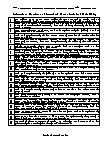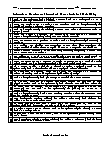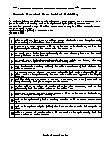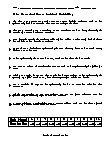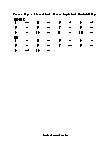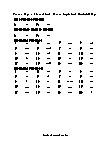Theoretical Versus Empirical Probability Worksheets
What is the Difference Between Theoretical and Empirical Probability? Empirical probability is the type of probability that is calculated by doing experiments and conducting observations. The likelihood that the event will happen is based on the results obtained from the collected data. The mathematical formula for calculating empirical probability is written as: Empirical Probability = Number of times an event can take place/ total number of trials. For instance, a fair die is rolled 180 times, and you to find out the number of times 4 turned up. We know that each number on the die has an equal probability of 1/6. Therefore, the probability of 4 turning up is also 1/6. So, we will calculate 180 x 1/6= 30. The probability of 4 is 30 out of 180. Theocratical probability is defined as the ratio of the number of favorable outcomes to the number of possible outcomes. Probability of Even P(E) = Number of favorable outcomes/ Number of Possible outcomes. For instance, if we have to find out the probability of rolling a 4 on a fair die. We do not need to roll a die to know the probability. We already know that there are 6 possible outcomes when we roll a die. There are 1, 2, 3, 4, 5, and 6. Hence, using the formula for the theoretical probability: P(E) = Number of favorable outcomes/ Number of Possible outcomes. P(E) = 1/6. Therefore, the probability of rolling a 4 on a fair die is 1/6.
-
Basic Lesson
Introduces the basic notion of theoretical probability. What is probability of getting a number 1 when dice numbered from 1 to 6 is rolled?
View worksheet -
Intermediate Lesson
This lesson focuses on using critical thinking skills prior to calculating probability. If you randomly choose a letter in the word "HIGHEST", find the probability that you choose a "T". Since the word contains 1 T, it means T has one possibility to be selected out of seven.
View worksheet -
Independent Practice 1
Students practice with 20 Theoretical Versus Empirical Probability problems. The answers can be found below. David has to select a pen and a pencil from 6 different pencils and blue, black, green and red colored pens. Find the probability of selecting a red colored pen and any pencil.
View worksheet -
Independent Practice 2
Another 20 Theoretical Versus Empirical Probability problems. The answers can be found below. There are 4 berries and 9 cherries in a bag. If Lisa picks up a fruit at random from the bag, what is the probability of the fruit being a banana?
View worksheet -
Homework Worksheet
Reviews all skills in the unit. A great take home sheet. Also provides a practice problem. A large bag of balls contains 3 orange balls, 6 blue balls and 8 red balls. If a ball is chosen at random, what is the probability of getting a blue ball?
View worksheet
Action Films...
Here's a statistical stumper for all of you action-film buffs out there: Question: what is the average life expectancy (in seconds) of an enemy soldier in a Chuck Norris film? Answer: a mere four seconds! Guess you don't want to make that your movie debut!


